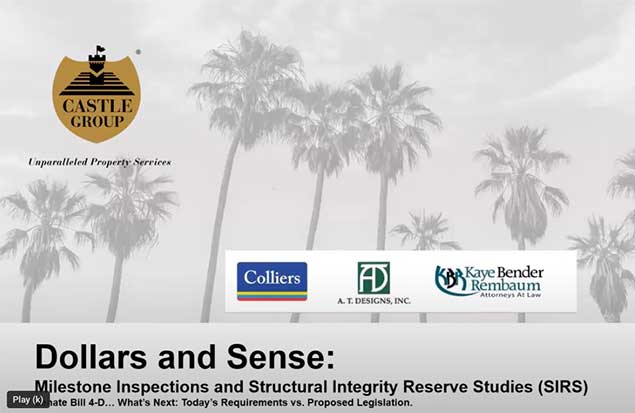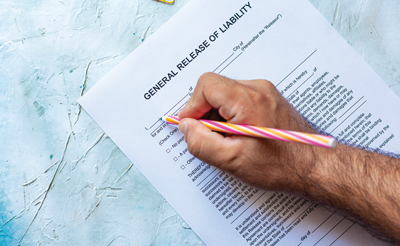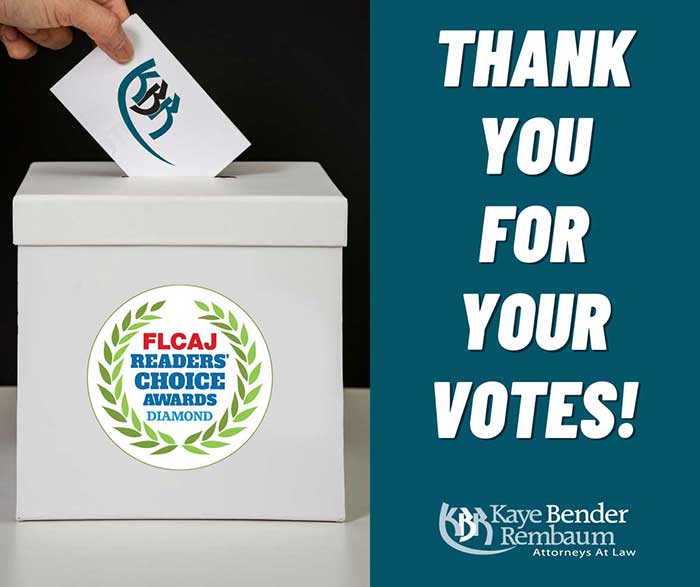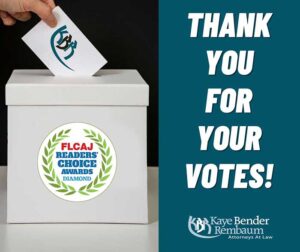FIDUCIARY DUTY: What it Means to Your Community Association
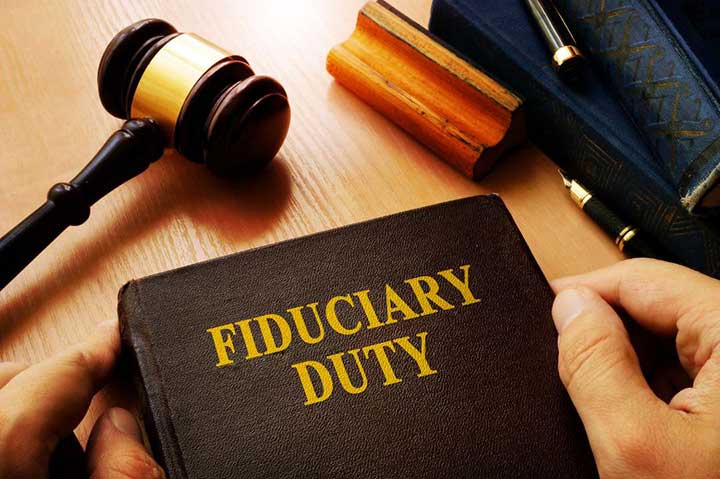
What duty does a community association board member owe to their association? What happens if that duty is breached? During the 2023 legislative session, legislation was proposed that would have made directors criminally liable for failure to timely respond to official record requests, among other provisions. The legislation in House Bill 919 was proposed by Representative Porras in response to the alleged $3.4 million dollar embezzlement scheme that took place at the Hammocks Community Association, located in Miami-Dade County. Parts of this proposed bill were well-intentioned; however, several provisions were commonly viewed as too broad and expansive.
On November 15, 2022, the Miami-Dade State Attorney’s Office announced charges related to the Hammocks’ criminal case, including racketeering, organized scheme to defraud, money laundering, grand theft, and fabricating physical evidence against five board members. These board members have been accused of the following:
i) running a scheme in which they used HOA checks and HOA credit cards from 55 bank accounts to pay for “no-show” work by shell companies or vendors, who would funnel money back to the directors for their personal use;
ii) withholding official records from members; and,
iii) failure to hold valid elections, among other bad acts.
If found guilty these board members overtly breached their fiduciary duty to their association.
During the 2023 legislative session, House Bill 919 initially contained significant criminal penalties to punish board members who failed to provide official records when they otherwise should have, criminal penalties for kickbacks, and criminal penalties for improper election interference, among other provisions. Such laws, while well intended, went overboard as evidenced by the creation of criminal penalties for failure to provide official records, as such severe criminal penalties for operational matters would likely only deter good people from running for the board. Recognizing this potential issue, parts of HB 919 were tempered a bit prior to it becoming law. That said, in the opinion of this author, new laws with new criminal penalties are not the answer. Bad people do bad things, and no amount of laws will likely significantly change that. So, what is the answer?
One answer is to shore up the educational and certification requirements for board members. At present, there are two ways to be certified as a board member. One method is to take a State-approved class, which provides an overview of the voluminous information board members need to know in order to perform their duties. The other method is to sign a piece of paper that the board member has read the governing documents, will abide by them, and will faithfully discharge their duties. This second method should be eliminated as there is no method to confirm compliance, and this method does not have any educational component. In addition, continuing education requirements should be required for any board member serving consecutive years.
During a board certification class, time should be spent discussing the term “fiduciary duty.” While the term is repeatedly used in Chapters 718 and 720 of the Florida Statutes, it is not expressly defined in these statutes. Section 718.111, Florida Statutes, makes reference to Section 617.0830, Florida Statutes, which provides for general standards for directors of not-for-profit corporations, such as community associations.
Section 617.0830, Florida Statutes, provides the following:
- A director shall discharge his or her duties as a director, including his or her duties as a member of a committee i) in good faith; ii) with the care an ordinarily prudent person in a like position would exercise under similar circumstances; and iii) in a manner he or she reasonably believes to be in the best interests of the corporation.
- In discharging his or her duties, a director may rely on information, opinions, reports, or statements, including financial statements and other financial data, if prepared or presented by: i) One or more officers or employees of the corporation whom the director reasonably believes to be reliable and competent in the matters presented; ii) legal counsel, public accountants, or other persons as to matters the director reasonably believes are within the persons’ professional or expert competence; or iii) a committee of the board of directors of which he or she is not a member if the director reasonably believes the committee merits confidence.
- A director is not acting in good faith if he or she has knowledge concerning the matter in question that makes reliance otherwise permitted by subsection (2) unwarranted.
- A director is not liable for any action taken as a director, or any failure to take any action, if he or she performed the duties of his or her office in compliance with this section.
Still, though, there is no express definition of the term “fiduciary duty.” The purpose of studying fiduciary relationships is to identify the areas where it exists and gain an insight into the duties of a fiduciary. After all, every board member is a fiduciary for their community association. Common definitions of the term “fiduciary” include:
- A fiduciary relationship is a relation between two parties wherein one party (fiduciary) has the duty to act in the best interest of the other party (beneficiary or principal).
- A fiduciary is a person who holds a legal or ethical relationship of trust with one or more other parties. Typically, a fiduciary prudently takes care of money or other assets for another person.
- A fiduciary duty is a relationship in which one party places special trust, confidence, and reliance in and is influenced by another who has a fiduciary duty to act for the benefit of the party.
- Most importantly, and germane to this discussion, a fiduciary is a person or organization that acts on behalf of another person or persons, putting their clients’ interests ahead of their own, with a duty to preserve good faith and trust.
In other words, a good community association board member puts the interest of their association above their own personal interests. Thus, while we may not be able to stop bad people from doing bad things, through continuing education we can help good people do better.
To recap, there are three things that can be readily accomplished that would make a positive difference for Florida’s community associations.
- Remove the ability of a board member to be “certified” by signature alone.
- Require continuing education for board members serving continuous years.
- Amend Florida Statutes, Chapters 718 and 720, to include express definitions of fiduciary duty so that it is made patently clear that every board member must put their community association above and ahead of their own personal interests.
(Written by Jeffrey Rembaum (Kaye Bender Rebaum) and reprinted with permission from the September 2023 edition of the “Florida Community Association Journal“.)









